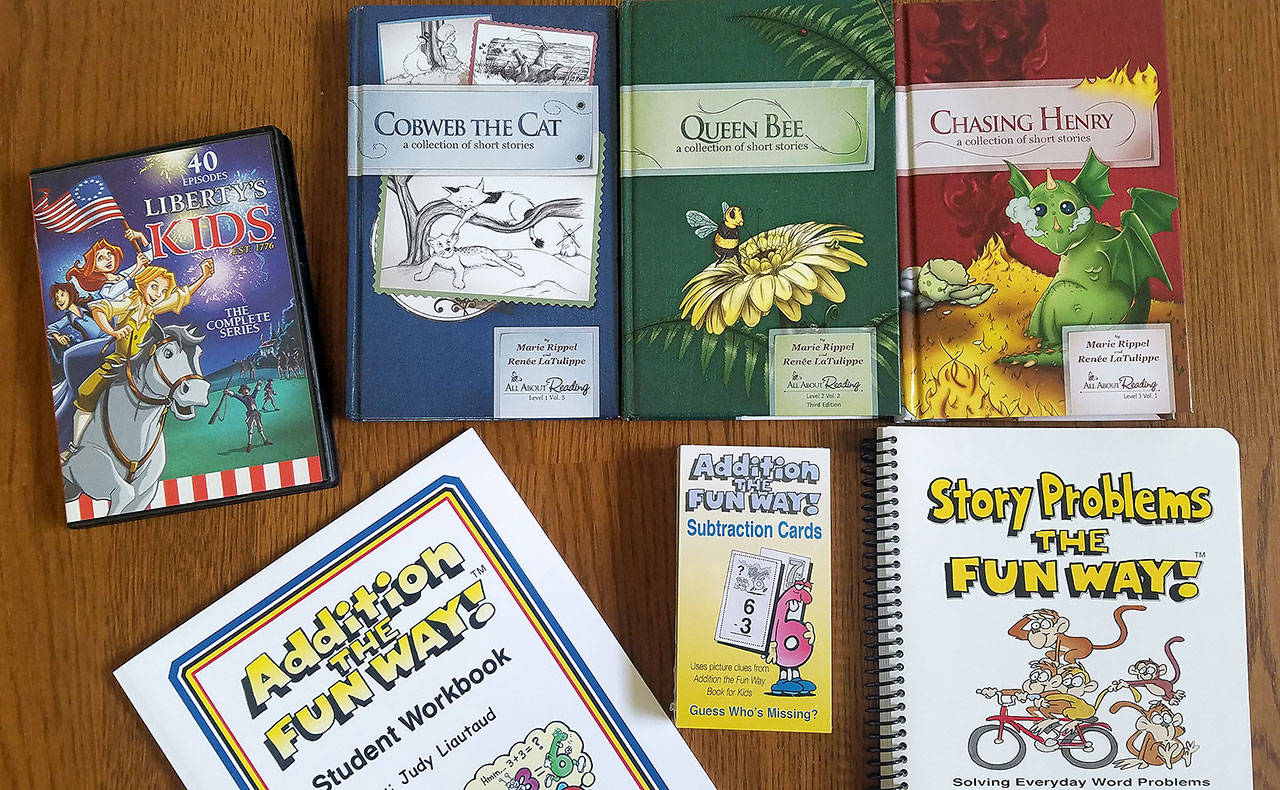Teachers dread “summer slide” — all the content kids forget over summer.
When I taught elementary school, I dealt with this often, and could especially see it in the students I had for two grades in a row. I’d sent them off as happy third graders with their brains full of math facts, and they’d come back to me in September for fourth grade having forgotten a big chunk of what I had taught them.
Now we’re not only dealing with a potential summer slide but a spring one as well, depending on what “distance learning” looked like at home these past few months. My children are in the Edmonds School District and we experienced mixed things.
At the elementary level, my daughter’s fifth-grade teacher rose to the challenge in inspiring ways. She sent out detailed learning plans for the link every Sunday night, which included daily activities neatly organized in a Google doc for easy access. She led two Zoom meetings a week with her students, checked in with them via daily emails, and was always available if we had questions.
At one point she drove around town and dropped off goodie bags, likely paid for with her own money, for each student who had completed all their work. Meanwhile, the PE and orchestra teachers also led weekly Zoom meetings, which my daughter looked forward to.
My high schooler, on the other hand, had a much less rigorous experience. The school district told high schoolers that while they could improve their report cards, their grades would not go down. Since my freshman entered the pandemic with an excellent grade point average, he had zero motivation to complete the few assignments he received from his teachers. Honestly, I don’t blame him.
I understand that equity issues factored into how school districts made decisions, but equity issues happened at home, too. My daughter had significant amounts of schoolwork to complete, while my son had oodles of free to climb mountains and bake bread.
So what does this mean for fall? How can parents fill in gaps from spring and also combat the summer slide?
At the elementary level, there are numerous at-home learning options I recommend: Download the Wet-Dry-Try Handwriting Without Tears app for little ones. Buy Bob Books for emerging readers. Look into All About Learning if you worry your kids might having special needs related to reading and spelling. For math facts, I’d suggest the story based teaching curriculums from City Creek Press. Supplement social studies by watching Liberty Kid videos on YouTube. An all-encompassing option would be to sign up your kiddo for a Time4Learning account.
High schoolers, however, are tricky. The whole point of raising teenagers is to teach them to take care of themselves. This is where asking questions becomes important: Can I help you download books from the library? Is there a documentary you’d like to watch on Netflix together? What do you think about what’s happening in the news?
When all else fails, nurture their hobbies. That’s why at my house you’ll find hiking boots and flour on the floor.
Jennifer Bardsley publishes books under her own name and the pseudonym Louise Cypress. Find her online on Instagram @the_ya_gal, on Twitter @jennbardsley or on Facebook as The YA Gal. Email her at teachingmybabytoread@gmail.com.
Talk to us
> Give us your news tips.
> Send us a letter to the editor.
> More Herald contact information.

























